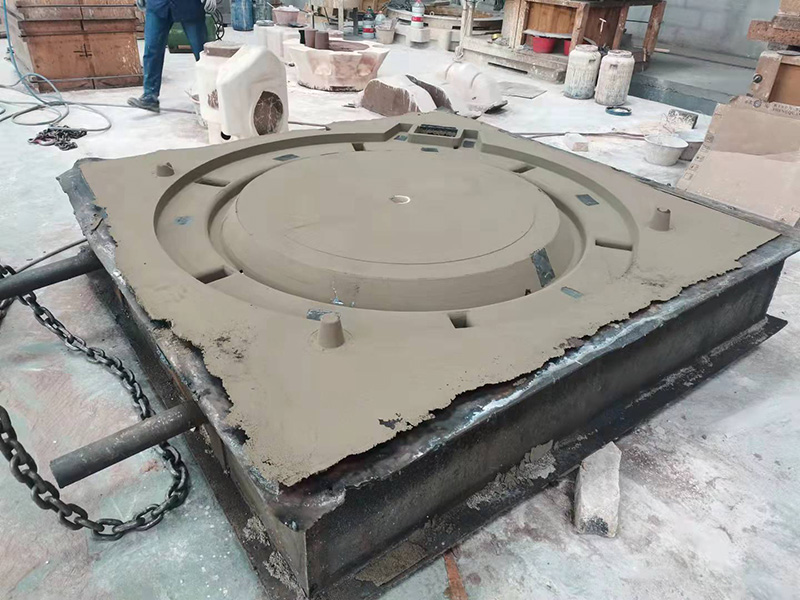Advantages of Sand Casting
Sand casting, one of the oldest forms of metal casting, has remained a popular method for manufacturing a wide range of metal parts due to its numerous advantages. Its process involves creating a mold from a mixture of sand and a bonding agent, which is then used to create a cast part by pouring molten metal into the mold. Here are some key advantages of sand casting that contribute to its enduring popularity in various industries.
Advantages of Sand Casting
Another noteworthy advantage is the cost-effectiveness of sand casting. The materials used, primarily sand and a bonding agent, are relatively inexpensive and widely available. Moreover, the tooling costs for sand casting are lower compared to other casting methods, such as die casting or investment casting. This makes sand casting an attractive option for both small and large production runs.
sand casting advantages

In addition to cost savings, sand casting also offers a high degree of design flexibility. Complex geometries, including intricate shapes and large components, can be produced without significant limitations. This is particularly beneficial for custom parts and prototypes, as molds can be created relatively quickly. Sand casting also allows for easy adjustments in mold design, enabling manufacturers to optimize their products efficiently.
Furthermore, the sand casting process demonstrates excellent thermal properties, which can be advantageous when working with metals that require precise temperature control during solidification. This characteristic helps to reduce defects such as thermal stress and warping, resulting in a higher quality final product.
Lastly, sand casting is capable of producing large parts that may be difficult or expensive to create using other methods. This advantage is particularly relevant in industries such as automotive and aerospace, where large components are often required.
In summary, sand casting remains a vital manufacturing process due to its versatility, cost-effectiveness, design flexibility, thermal properties, and ability to produce large components. These advantages continue to make it an essential technique in modern metalworking, catering to the needs of various industries and paving the way for innovative designs and applications.
Post time:Agu . 31, 2024 05:38
Next:3d printed sand
